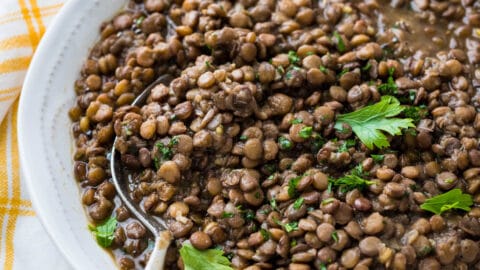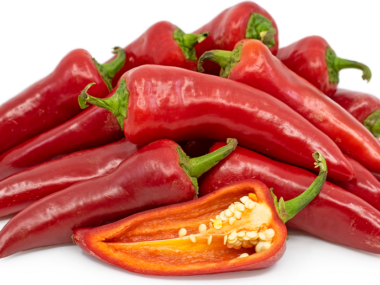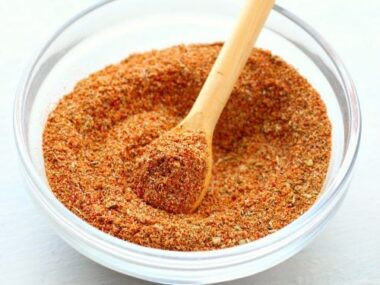When you’re cooking a dish that calls for lentils and realize you don’t have any on hand, it can feel like a setback. Lentils are a popular ingredient because of their quick cooking time, versatility, and nutritional benefits. They add a hearty texture and earthy flavor to soups, stews, salads, and more. But what do you do when lentils aren’t an option? Fortunately, there are several substitutes that can step in and still deliver a delicious meal.
This blog post will look at using Mung Beans and other substitutes for lentils, each with its unique flavor and texture. Whether you’re looking for a similar taste or something that brings a new twist to your recipe, these alternatives can help you create a satisfying dish without missing anything. Without any further ado, let’s get started.
What’s The Difference Between Lentils and Mung Beans?
Before we dive into whether mung beans can replace lentils, let’s take a closer look at what each of these legumes is.
Lentils: These are small, lens-shaped seeds that come in different colors, such as green, brown, red, and yellow. They are popular because they cook quickly and are full of nutrients like protein, fiber, and iron. Lentils have a mild, earthy flavor, making them versatile in many dishes.
Mung beans: These are also small, but they are rounder and usually green. Like lentils, they are packed with protein and other nutrients. Mung beans have a slightly sweet and nutty taste, and they are often used in Asian cuisine. You might find them in soups, salads, or even desserts.
Similarities Between Lentils and Mung Beans
Lentils and mung beans have some things in common, which might make you think they can be swapped in recipes. Here are a few similarities:
Nutritional Value: Both lentils and mung beans are high in protein, fiber, and essential vitamins and minerals. They are great choices if you want to eat healthy and feel full for longer.
Cooking Time: Both lentils and mung beans cook relatively quickly compared to other legumes like chickpeas or kidney beans. This makes them convenient for weeknight meals.
Versatility: Both of these legumes can be used in a variety of dishes, from soups and stews to salads and curries. They can absorb the flavors of the ingredients they are cooked with, making them adaptable in many recipes.
Size and Shape: While they are not exactly the same, lentils and mung beans are both small and easy to measure out in recipes.
When Mung Beans Can Substitute Lentils
There are times when mung beans can be used instead of lentils, and the dish will still turn out delicious. Here are some examples:
Soups and Stews: If you’re making a hearty soup or stew, mung beans can work well in place of lentils. They will absorb the flavors of the broth and other ingredients, and their firmer texture can add an interesting twist to the dish. Just keep in mind that mung beans might take a little longer to cook, so adjust the cooking time if needed.
Curries: Curries often have rich, complex flavors that can work well with mung beans or lentils. If you substitute mung beans in a lentil curry, you might notice a slight difference in taste and texture, but the dish will still be satisfying.
Salads: Mung beans can also be used in place of lentils in salads, especially in cold salads where you want a bit of crunch. Their firmer texture can add a nice contrast to softer ingredients like vegetables or grains.
10 Substitutes For Lentils
1. Mung Beans

Mung beans are small, round legumes that are usually green in color. They have a slightly sweet and nutty flavor and hold their shape well when cooked, giving them a firmer texture than lentils. Mung beans are commonly used in Asian cuisine and can be a good substitute for lentils in soups, stews, and salads.
Their ability to absorb flavors makes them versatile in many dishes. If you’re looking for a substitute that offers a similar size and cooking time to lentils but with a different taste and texture, mung beans are a great option.
2. Chickpeas
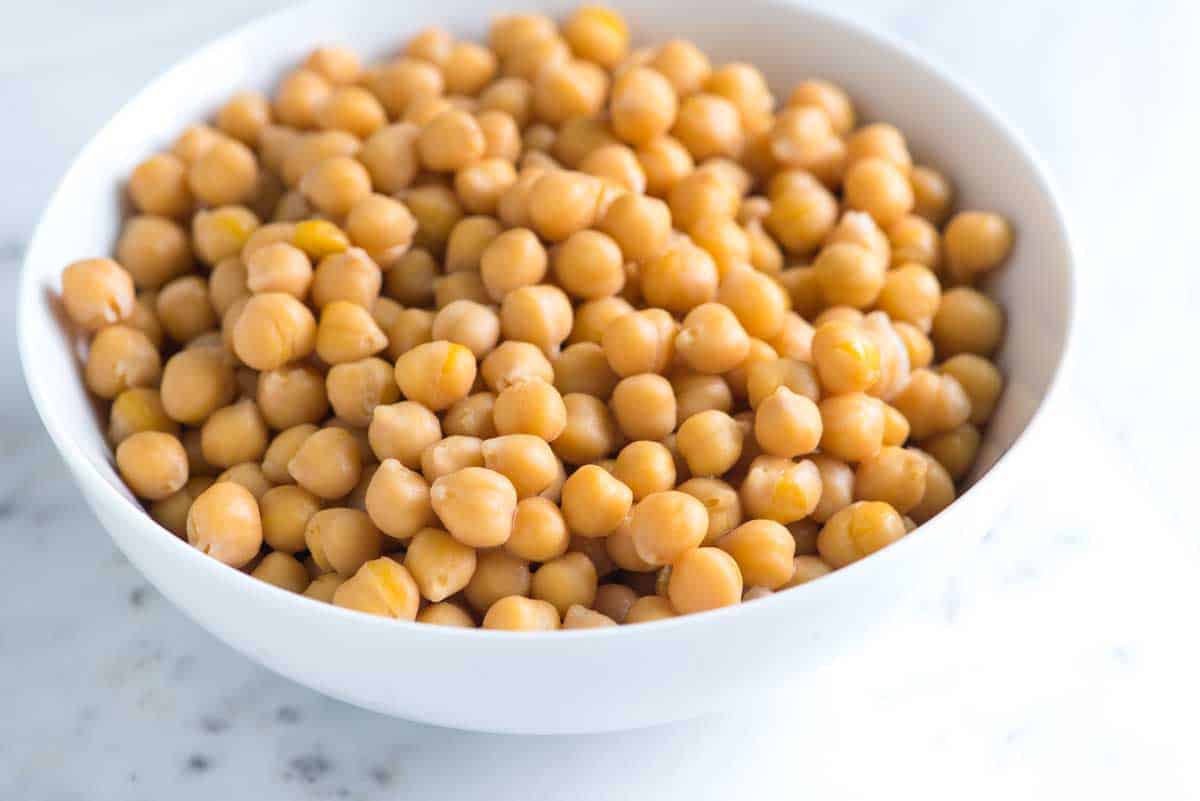
Also known as garbanzo beans, are larger than lentils and have a mild, nutty flavor with a firm, slightly creamy texture. They take longer to cook than lentils, but their hearty texture makes them ideal for soups, stews, and salads.
Chickpeas are commonly used in Mediterranean and Middle Eastern dishes, such as hummus and falafel. While they don’t break down as easily as lentils, they can add a satisfying bite to your meals. If you don’t mind the longer cooking time, chickpeas can be a hearty alternative to lentils.
3. Split Peas
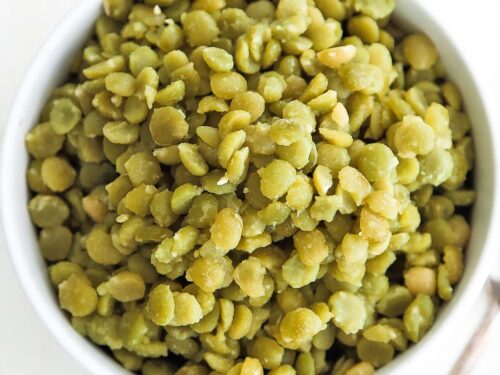
Split peas are similar in size to lentils and have an earthy flavor. They come in green and yellow varieties and are often used in soups and stews. Like lentils, split peas cook relatively quickly and can break down to create a creamy texture in dishes.
They are commonly used in split pea soup, where their earthy flavor shines. If you need a substitute that offers a similar cooking time and texture to lentils, split peas are a good choice, especially in soups and stews.
4. Black Beans
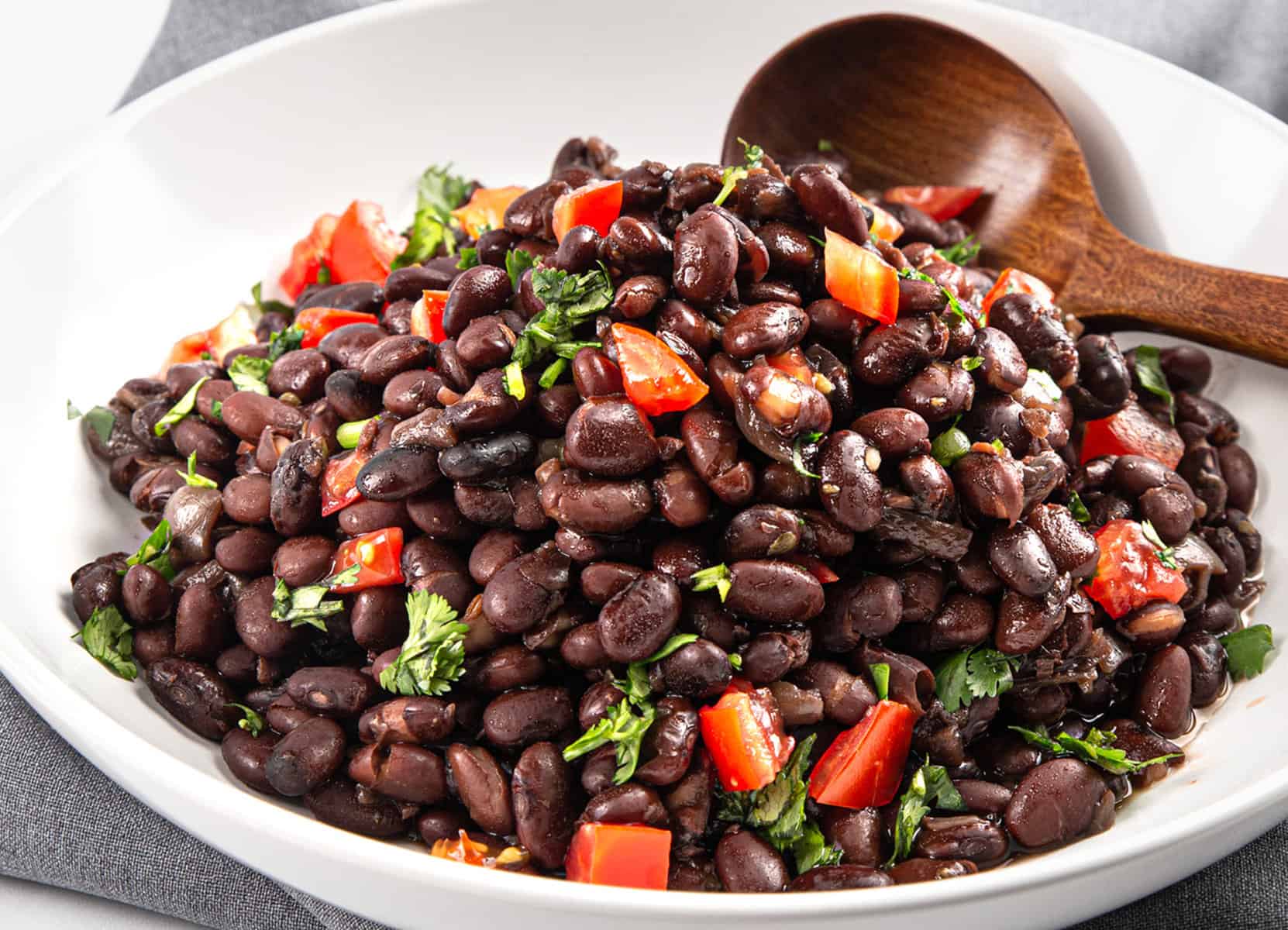
Black beans have a rich, hearty flavor and a firm texture. They are larger than lentils and are commonly used in Latin American cuisine. Black beans work well in dishes like soups, chili, and salads.
While they take longer to cook than lentils, their robust flavor can add depth to your dishes. Black beans are a good substitute if you’re looking for something with a stronger flavor and a firmer bite.
5. Navy Beans
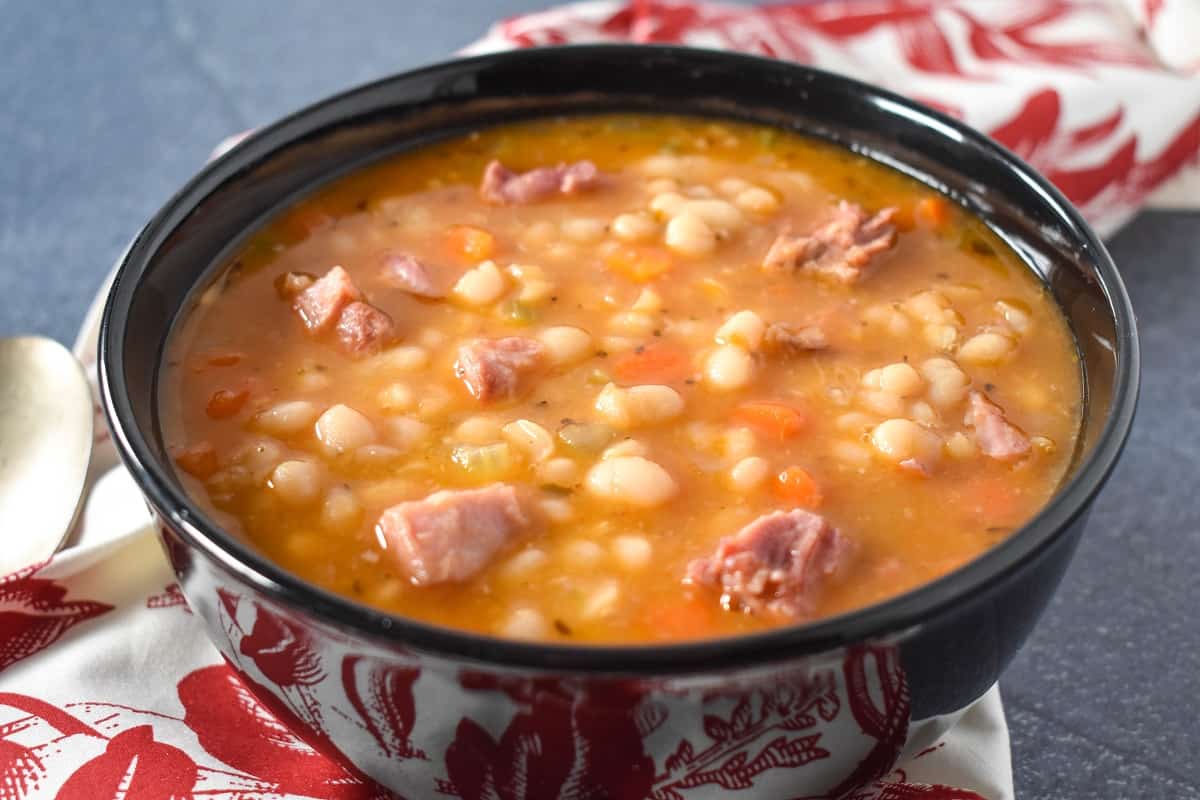
These are small, white beans with a mild flavor and soft texture. They are often used in soups and stews, where they can absorb the flavors of the broth and other ingredients. Navy beans cook more quickly than larger beans like chickpeas, making them a convenient substitute for lentils in many recipes. Their soft texture allows them to blend into creamy dishes, making them a good option for soups and purees.
6. Pinto Beans

Pinto beans have a creamy texture and a slightly sweet, earthy flavor. They are often used in Mexican and Southwestern cuisine, such as in refried beans or chili. Pinto beans are larger than lentils and take longer to cook.
Their creamy texture makes them a good substitute in dishes where you want a bean that can break down slightly while still holding some shape. They are a versatile substitute that can add richness to soups, stews, and casseroles.
7. Kidney Beans
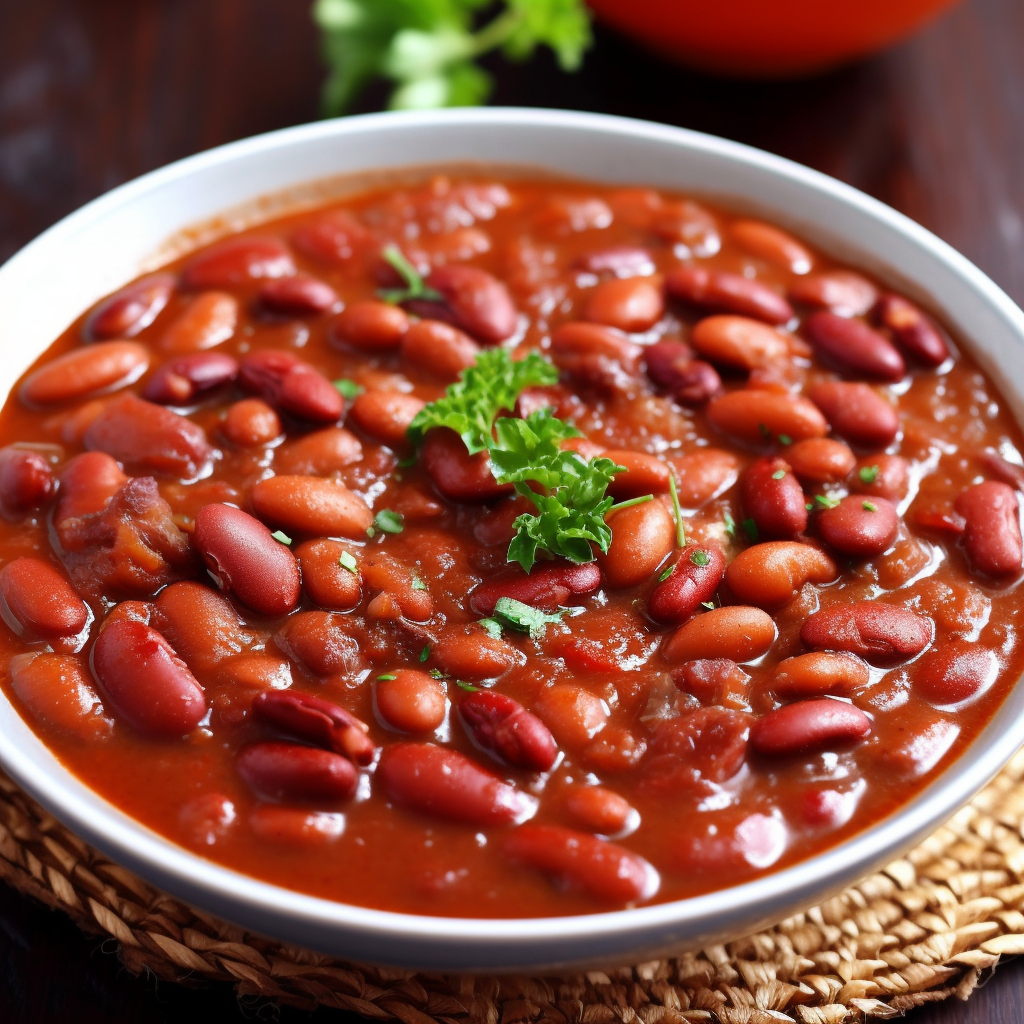
Kidney beans are large, red beans with a strong, hearty flavor and a firm texture. They are commonly used in chili, stews, and other hearty dishes. Kidney beans hold their shape well during cooking, making them a good substitute for lentils in recipes where you want a firmer bean. Their robust flavor can stand up to strong spices and seasonings, making them ideal for bold, flavorful dishes.
8. Adzuki Beans
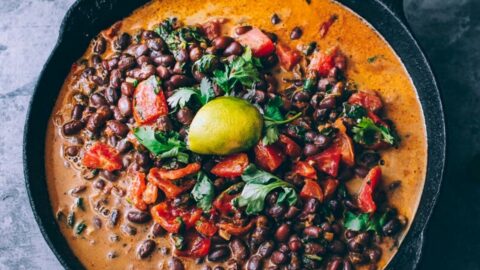
Adzuki beans are small, red beans with a sweet flavor, often used in Asian cuisine. They are smaller than kidney beans but still larger than lentils. Adzuki beans are commonly used in sweet dishes, such as red bean paste, but they can also be used in savory dishes like soups and salads.
Their sweet flavor makes them a unique substitute for lentils in recipes where a hint of sweetness would complement the other ingredients.
9. Fava Beans

Also known as broad beans, have a buttery texture and a slightly bitter taste. They are larger than lentils and have a thick skin that may need to be removed before cooking. Fava beans are often used in Mediterranean cuisine and can be a good substitute for lentils in salads, soups, and stews. Their rich, buttery texture makes them ideal for dishes where a creamy consistency is desired.
Read also 10 Best Substitution For Fava Beans
10. Black-eyed Peas
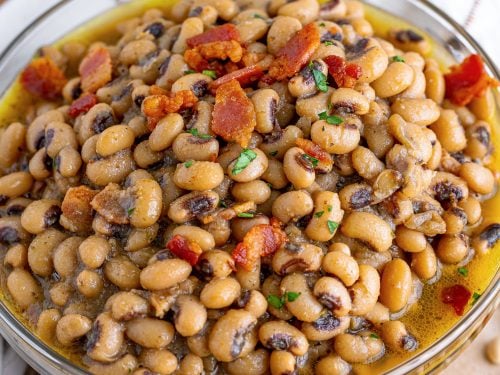
Black-eyed peas have a mild flavor and a soft texture, making them a versatile substitute for lentils in various dishes. They are often used in Southern and soul food cuisine, such as in Hoppin’ John or black-eyed pea salad.
Black-eyed peas cook relatively quickly and can be used in soups, salads, and side dishes. Their mild flavor allows them to blend well with other ingredients, making them a good choice when you need a simple, straightforward substitute for lentils.
Conclusion
So, can you substitute mung beans for lentils? The answer is yes, but with some considerations. Mung beans can work well in many dishes that call for lentils, especially in soups, stews, and curries. However, they have a different taste, texture, and color, which might change the final dish.
If you’re in a pinch and don’t have lentils on hand, mung beans can be a good alternative. But if you’re making a traditional dish or a recipe where the texture and color of lentils are important, it might be better to stick with lentils or find a different substitute.
